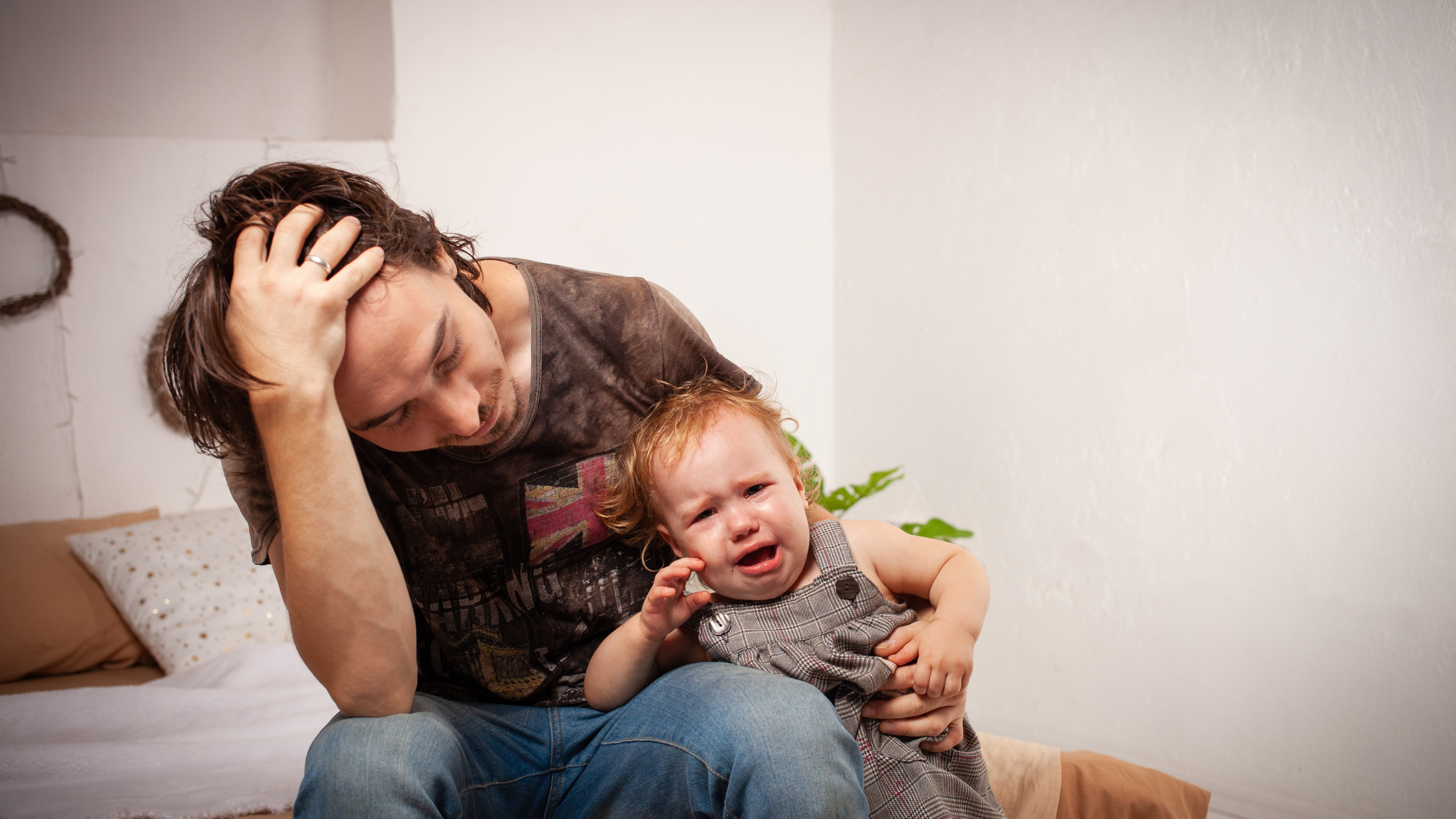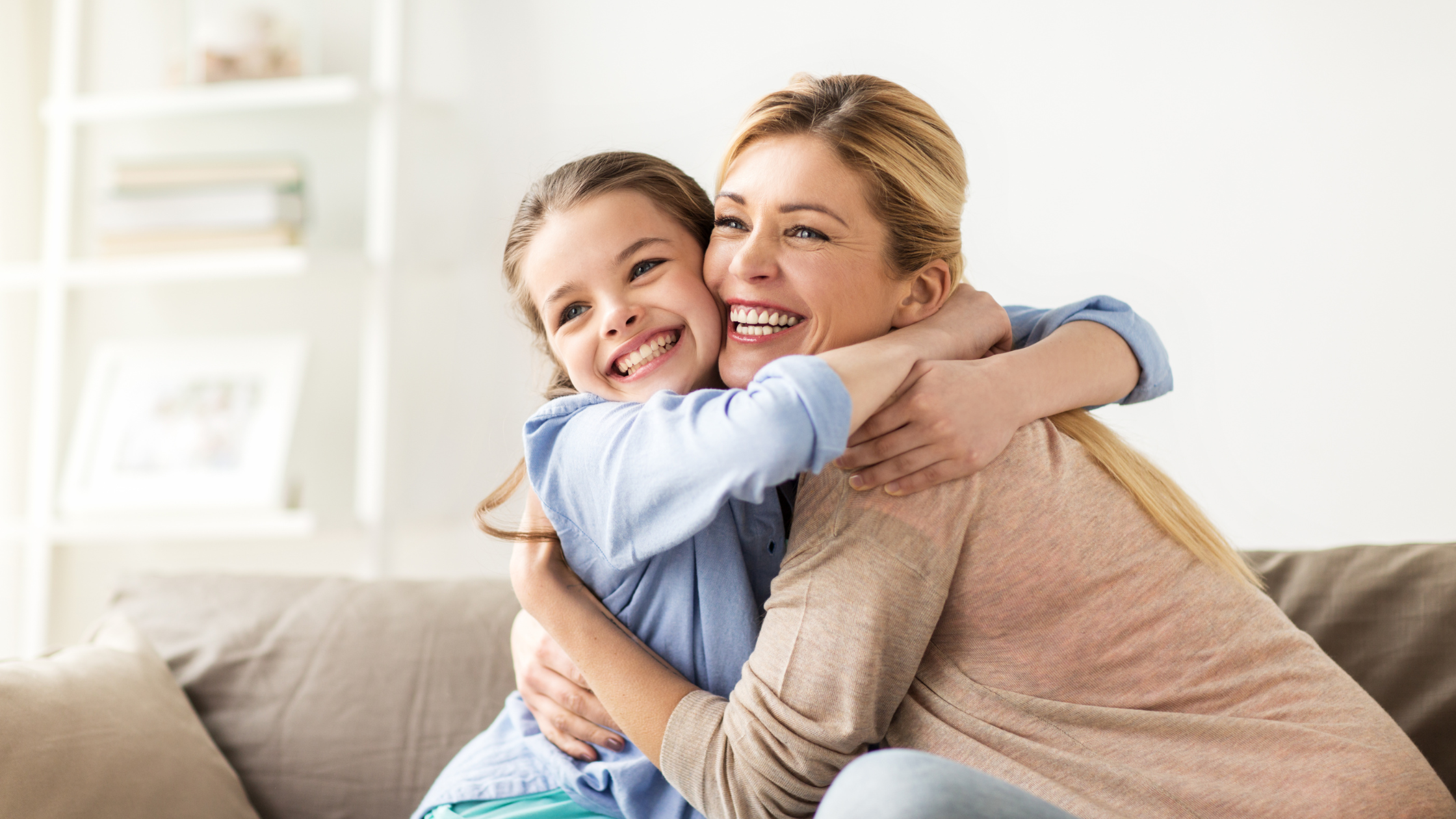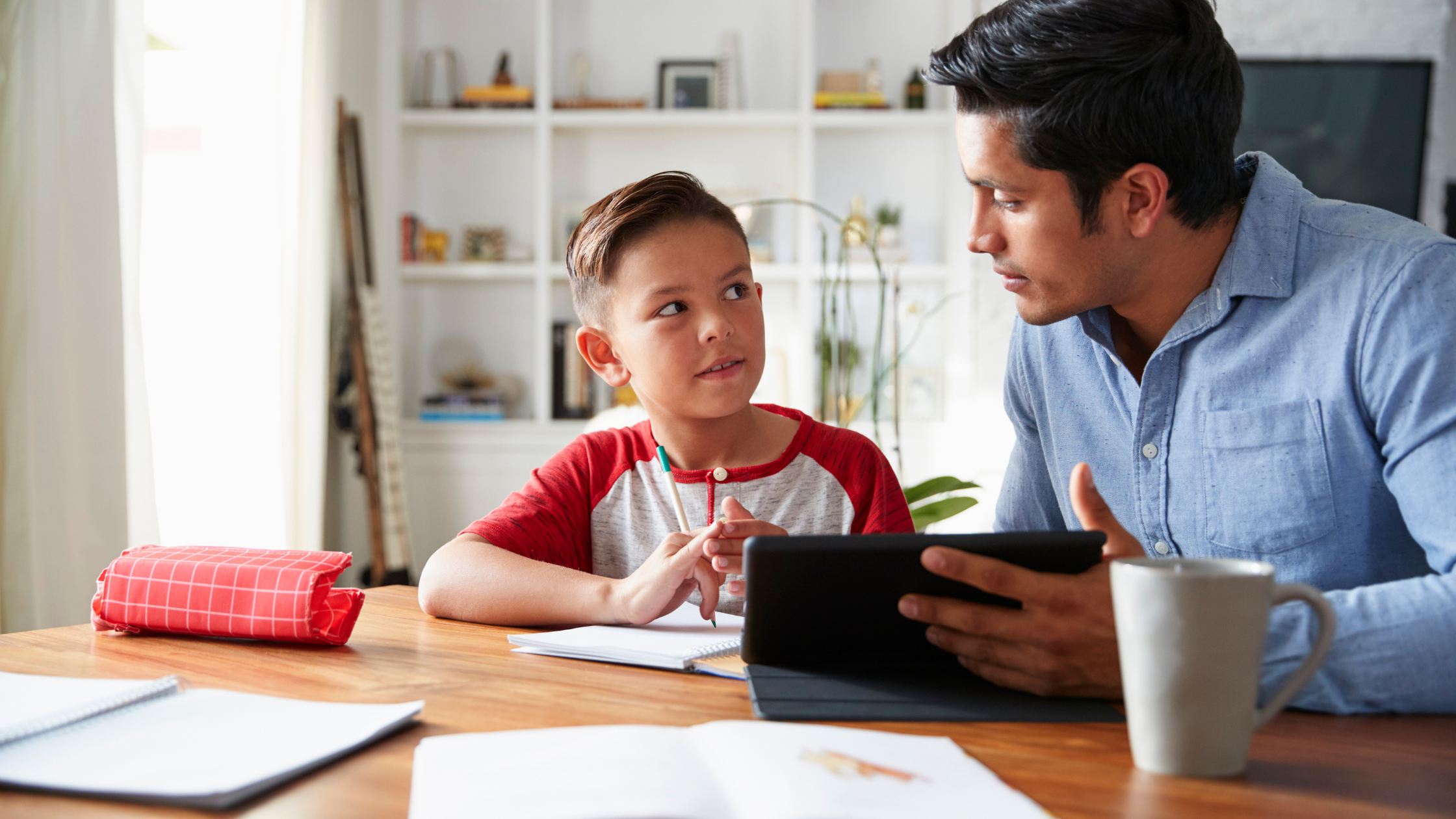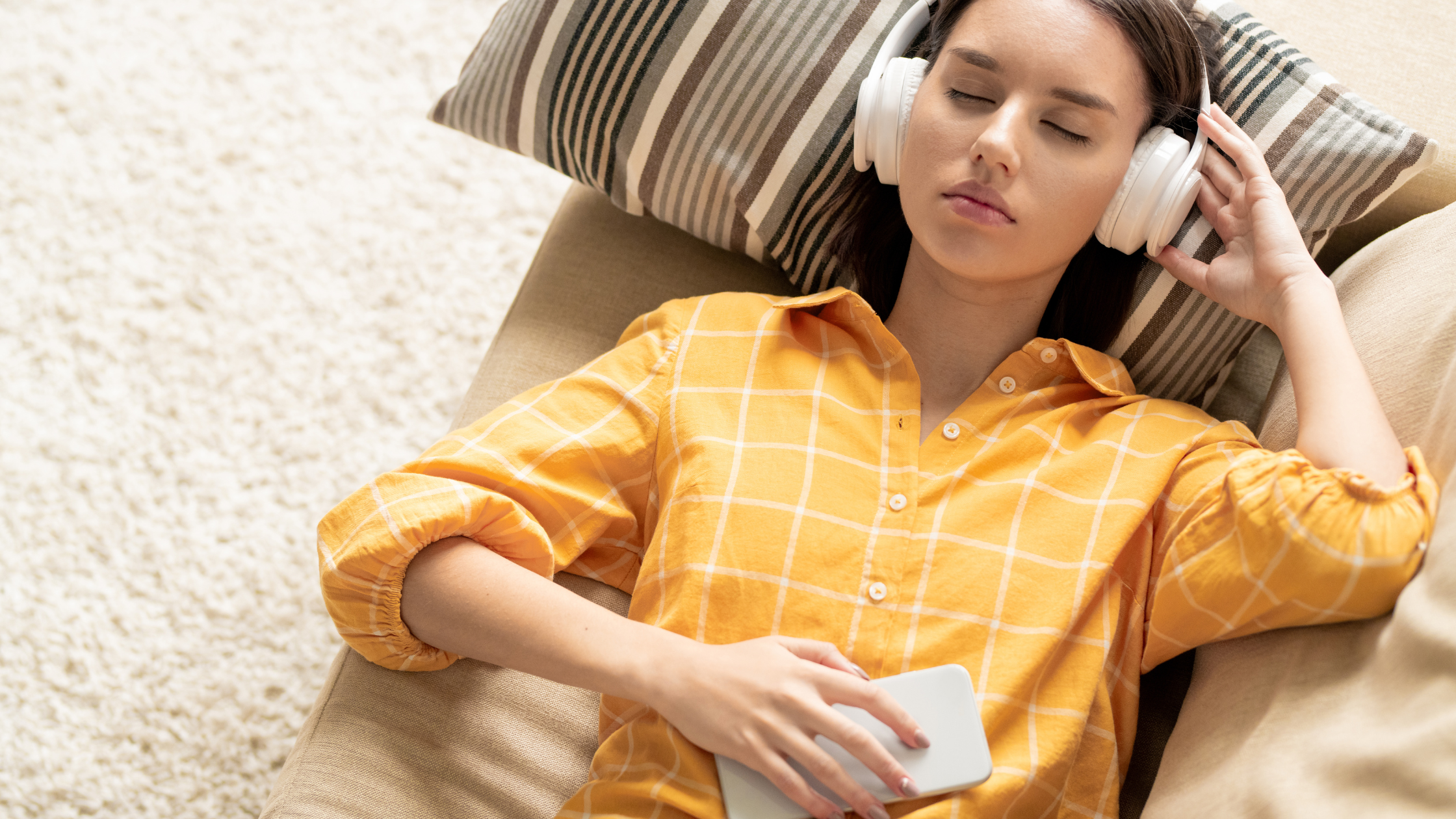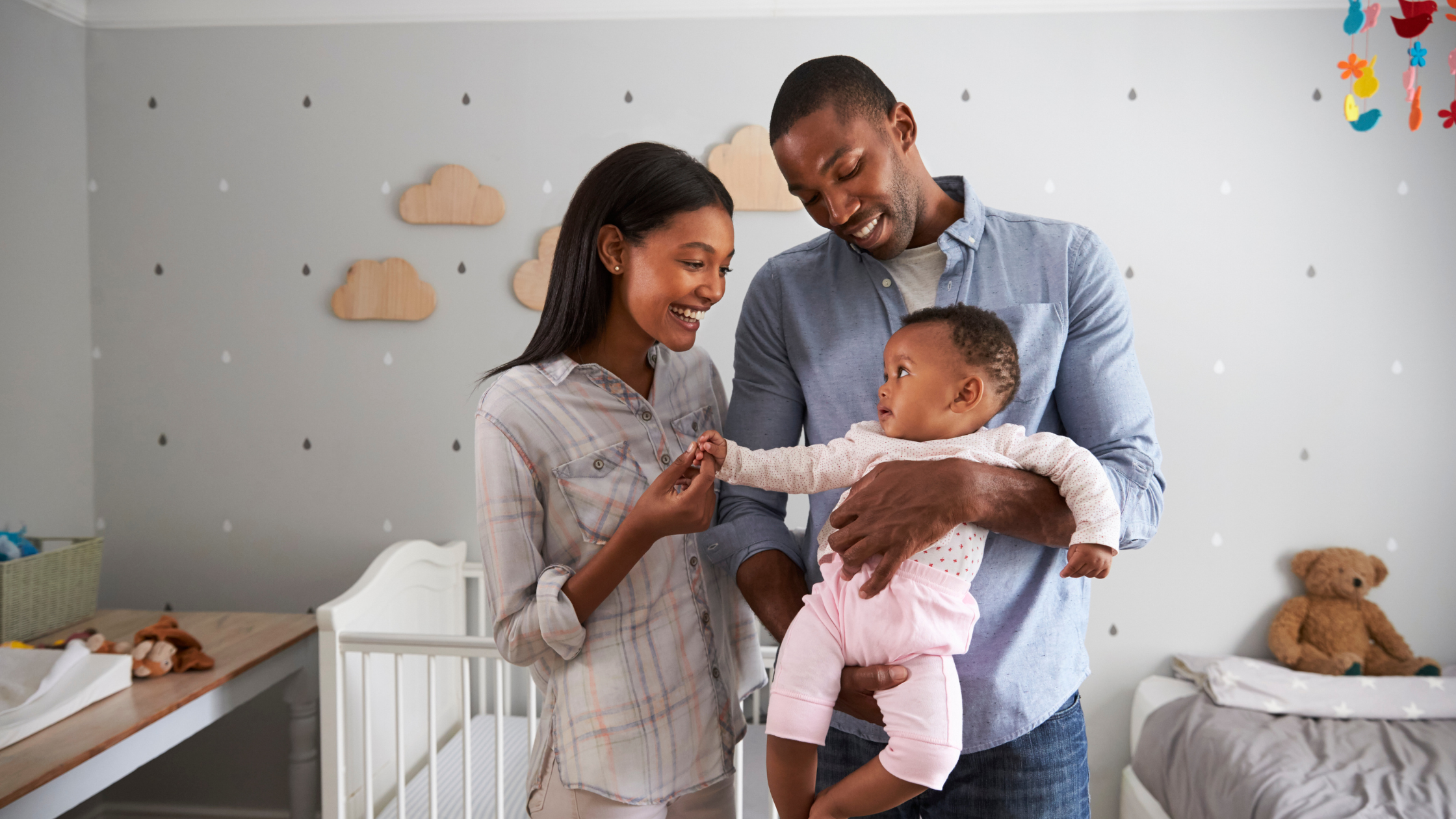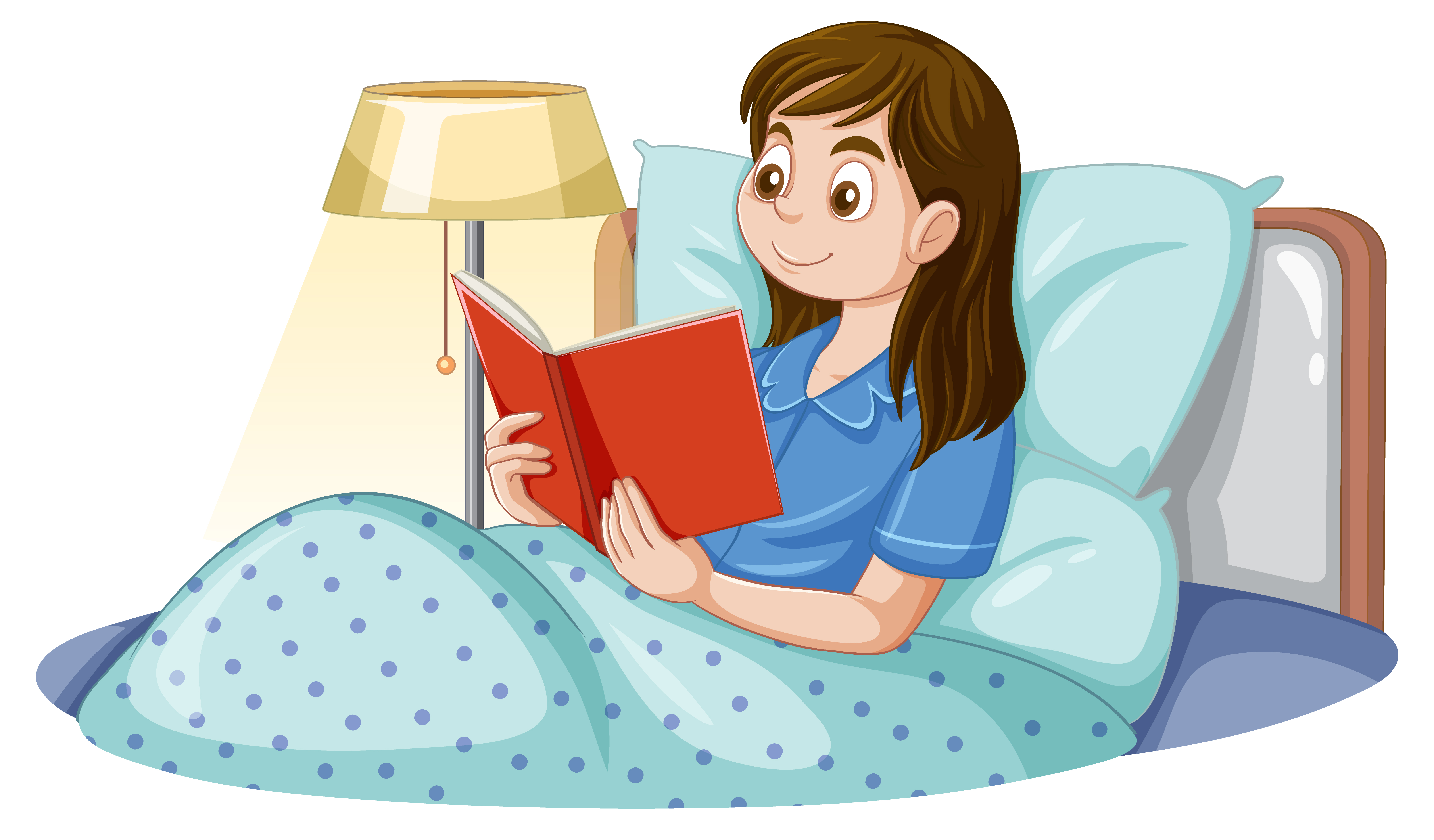Written by Rachel de Barros Oliveira, Ph.D. Candidate McGill University
Let’s continue the conversation around our child’s emotions. We already know they are important and in the last post we learned a few strategies to help with emotional regulation.
Now, what if I were to tell you that your emotions also impact your children’s emotions? In 1998 Eisenberg, Cumberland and Spinrad described that some parents’ behaviors can promote their children’s emotional and social abilities. They define this as Emotion-Related Socialization Behaviours (ERSBs). How parents react to children’s emotions, emotion-related conversations, and how parents express their own emotions are the three main types of ERSBs that influence children’s emotions.
Since then, this model has been extensively studied. In 2020 Lunkenheimer and collaborators investigate how parents’ ERSBs could impact aggressive behaviors in preschool children.
They selected over 200 preschool kids and ask them to complete a challenging problem-solving with their mothers and fathers (separately). During the task, they measure parental emotion-related socialization behaviors (ERSBs) (emotional responsiveness and expressiveness) and child negative emotional arousal (at ages 3 and 5).
They confirm previous findings that the interactions between parents and children have a unique contribution to the child’s emotional socialization.
When parents express more positive emotions and offer greater emotional support to the child (at age 3), children have more opportunities for positive emotional synchrony, and this helps decrease aggression behaviors (at age 5). The opposite was also true, children with less positive emotional synchrony from parents (at age 3) have a greater aggressive behavior (at age 5).
Another study by Hoffmann and collaborators in 2020 highlights that teachers are an important part of emotion regulation since they are a big part of children’s relations. They also reinforce the importance of educators and parents learning how to regulate their own emotions so they can help children to do the same.
A good example of how important is to identify different emotions is this passage from Hoffmann and collaborators:
“ The distinction between stress and pressure. Stress occurs when there are too many demands and not enough resources (e.g., more homework than hours in the evening), while pressure is about performance (e.g., achieving a desired score on the SATs). Regulation strategies for stress include limiting new commitments, delegating, or seeking help. Regulation strategies for pressure include overpreparation to build confidence, or perspective taking to counter catastrophizing thoughts.”
If you don’t know the difference, stress and pressure could look similar. How do we know what to do?
The key is the more emotions you know, the more knowledge you will have to separate them and use the right tools to regulate your emotions. This is also valid to help your children, the more we know, the more we can help.
Besides knowing different emotions is also important to:
-
Use appropriate reactions to your children’s emotions. A wrong reaction could lead to future emotional suppression (one of the maladaptive strategies that we talked about in the last post).
-
Talk about emotions. Not only the “good” ones but the uncomfortable ones as well (every emotion matters). Sometimes emotions are mixed by more than one, that is one of the reasons that is so important to talk about them. By talking you can understand better what emotions are involved and even how much each emotion is impacting something.
-
Being able to express emotions to/in front of your children. It is also nice to show how you regulate your own emotions. How often do you do that? Do you show only “good” emotions or do you let your child see the “good” and the “bad”? Do you explain to them how you regulate? Do you find them curious about it?
Now I want to know from your experience. Do you think that your parents (caregivers) or your teacher’s emotional regulation skills impacted your own ER skills? What other relations do you think impacted your ER?

